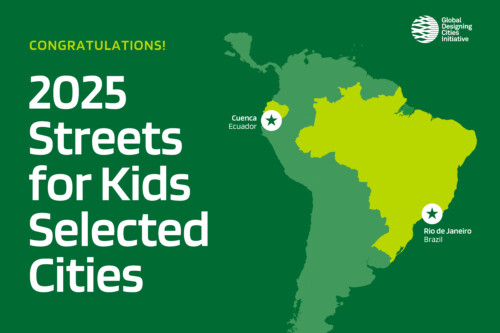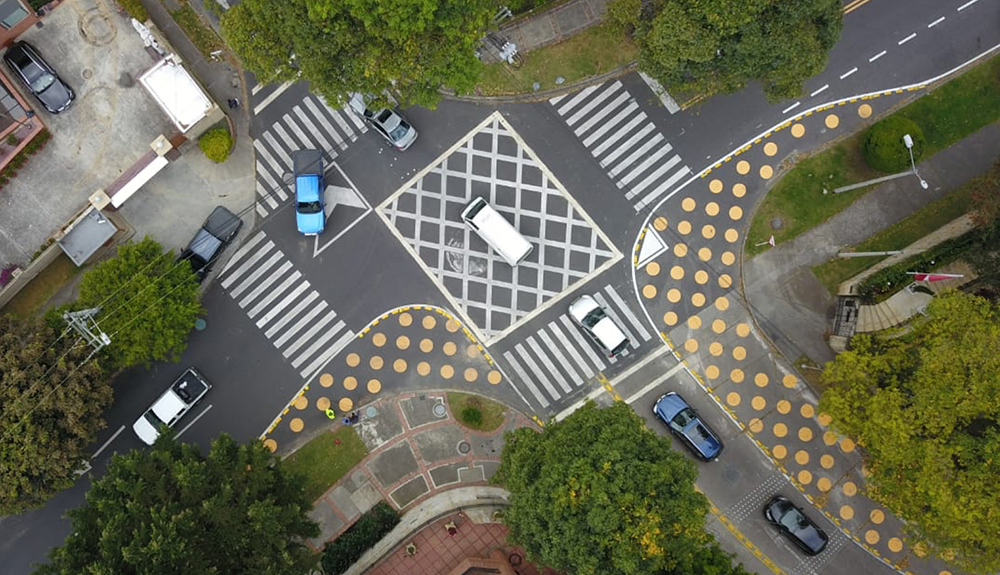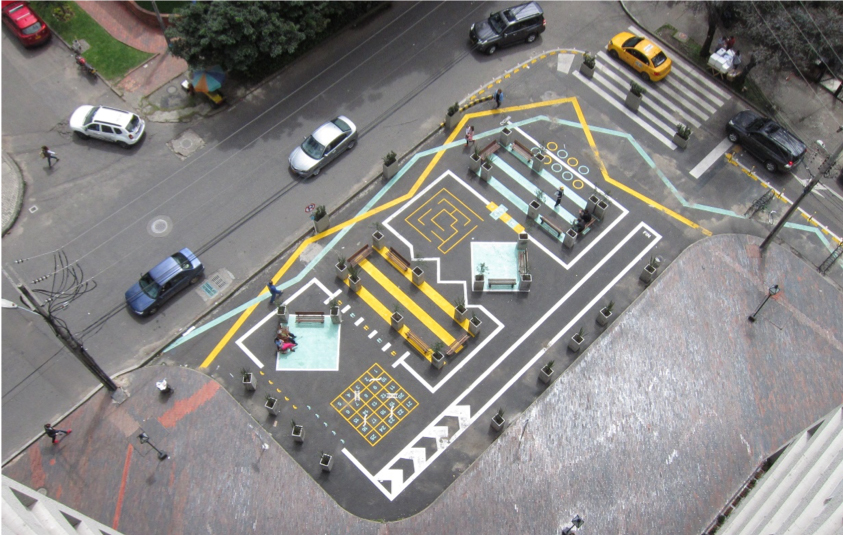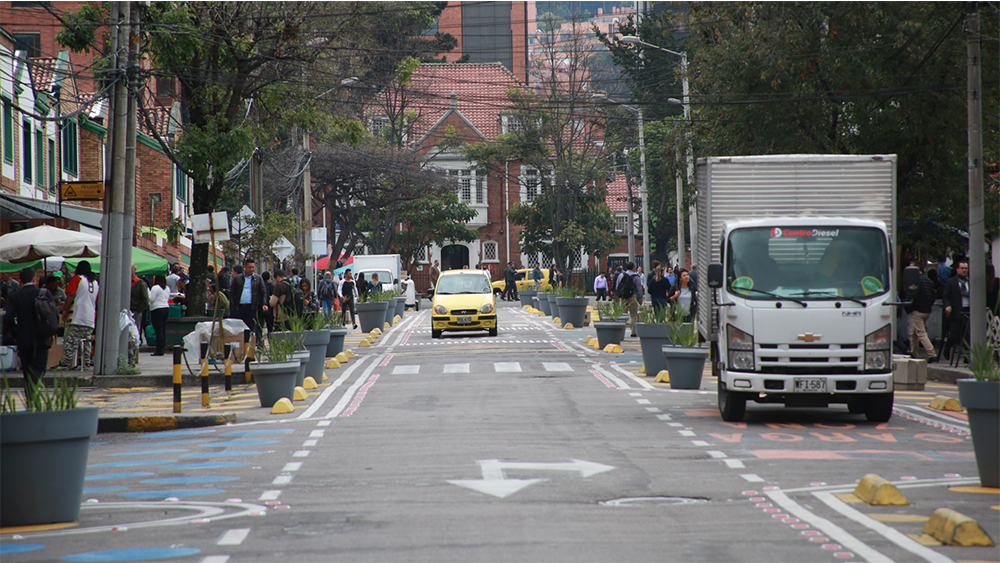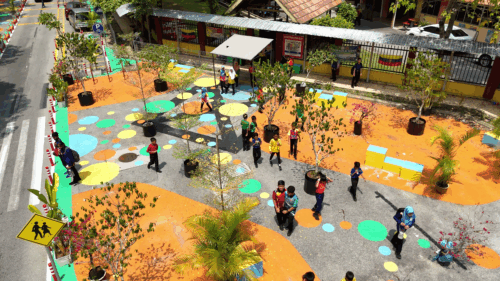GDCI Street Shaper of the Month
Claudia Diaz Acosta
Head of Road Safety Office, Secretary of Mobility of Bogotà
Bogotà, Colombia

Under Claudia’s supervision, Bogotá adopted Vision Zero in 2017. Since then, the city has achieved the lowest number of road traffic fatalities in the past decade. Claudia is an environmental engineer with an M.S. in Civil Engineering focused on transportation.
Please tell us about your work on urban streets and/or mobility.
My work in mobility has mainly been focused on road safety. Road traffic injuries are the eighth-leading cause of death in the world, and in Bogotá, this public health problem has taken the lives of more than 11,000 people during the 21st century, which is unacceptable. I have participated in the development and implementation of the District Road Safety and Motorcyclist Plan, which is a roadmap that, under the Vision Zero approach, will guide the programs in this area until 2026. It includes strategies framed in five core axes: institutional strengthening, communication and education, victims, safe infrastructure, and enforcement and technology.
What are the biggest mobility and/or road safety challenges in your city?
Speeding is one of the main challenges for road safety in Bogotá. According to studies performed by Johns Hopkins University, one of the partners of the Bloomberg Philanthropies Initiative for Global Road Safety (BIGRS), approximately 20% of vehicles driving in Bogotá exceed the speed limit. In order to address this major risk factor, we developed the Speed Management Program, a comprehensive program that aims to set appropriate speed limits in accordance with the function, the environment, and the operational characteristics of the road. Some of the main actions, already taken by this program, include:
The reduction of the speed limits from 60 km/h to 50km/h on 10 main roads that have historically been the most critical in terms of fatal road traffic crashes
More than 2,900 implemented school zones in the past three years, focusing on redesigning our streets to make sure vehicles do not speed and that children, pedestrians, and cyclists feel safe
Redesigning the shape of our commercial and residential streets, and reclaiming public spaces that were taken from pedestrians for illegal parking
What is it like to be a pedestrian in your city?
Like in many Latin American cities, it’s still a great challenge to have appropriate infrastructure for safe pedestrian mobility. Although in the last few decades there have been important improvements, we recognize that there is still a lot to be done in order to provide the conditions required to protect the most vulnerable road users, whom in average complete more than 3 million pedestrian trips per day and sadly account for 50% of deaths in the city every year. Promoting walking and cycling has been one of the main objectives of this administration. We have recognized them as legitimate users of the road and have implemented numerous interventions in order to address their needs in terms of mobility. Pedestrian fatalities have reduced after the city adopted Vision Zero, and this is the third consecutive year with the lowest number of pedestrian deaths.
What mobility, public space, or road safety improvements would you like to see in your city by 2030?
The vision of the Bogotá Master Mobility Plan sets that by 2038 there should be no deaths associated to the mobility system in the city. In order to achieve this vision, by 2030 there must be a change in the way the planning, design, and construction of the city are conceived. It requires that practitioners are able to change the paradigm and work for a mobility system that prioritizes people over cars, and ultimately better road safety practices.
